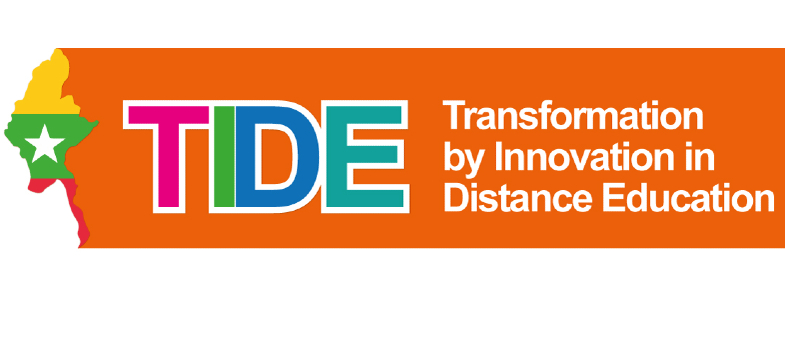3.1 Connecting and communicating safely
There are many ways to connect and communicate with people online. You have probably communicated with people online through social media services like Facebook and LinkedIn. You may also want to keep in touch with people you know or connect with people from around the world who have similar interests to you. Social media provides a perfect opportunity to share useful information and learn from others.
Communicating online can be tricky because you can’t see people’s visual cues or reactions. There is a set of rules for online behaviour. This is referred to as ‘netiquette’. Of course, the conventions may vary depending on the context. If you are unsure, observe how others are interacting before joining the conversation.
When you are communicating with others, it’s important to ensure that you protect yourself by limiting the amount of personal information you provide. The tips below will help you.
- If you are communicating with people you do not know personally, try to find out some information about them. Read their profile or look up their digital footprint as you did for yourself in Week 3 Making your mark online. Assess how trustworthy they are, especially if they are providing you with information.
- Be aware of what you are sharing. Think carefully about who you are sharing personal information with and avoid giving away any details that you would prefer to remain private. Check your privacy settings on social media such as Facebook.
- Be aware of your safety when you are on social media. For example, if you post information about where you are, it can make you and your home vulnerable.
- If you are concerned, use an image rather than a picture of yourself to represent you. You may even decide not to use your real, or full, name.
If you are sharing information about other people, including images, ensure that you have their permission and take steps to protect them.
3 Digital well-being
